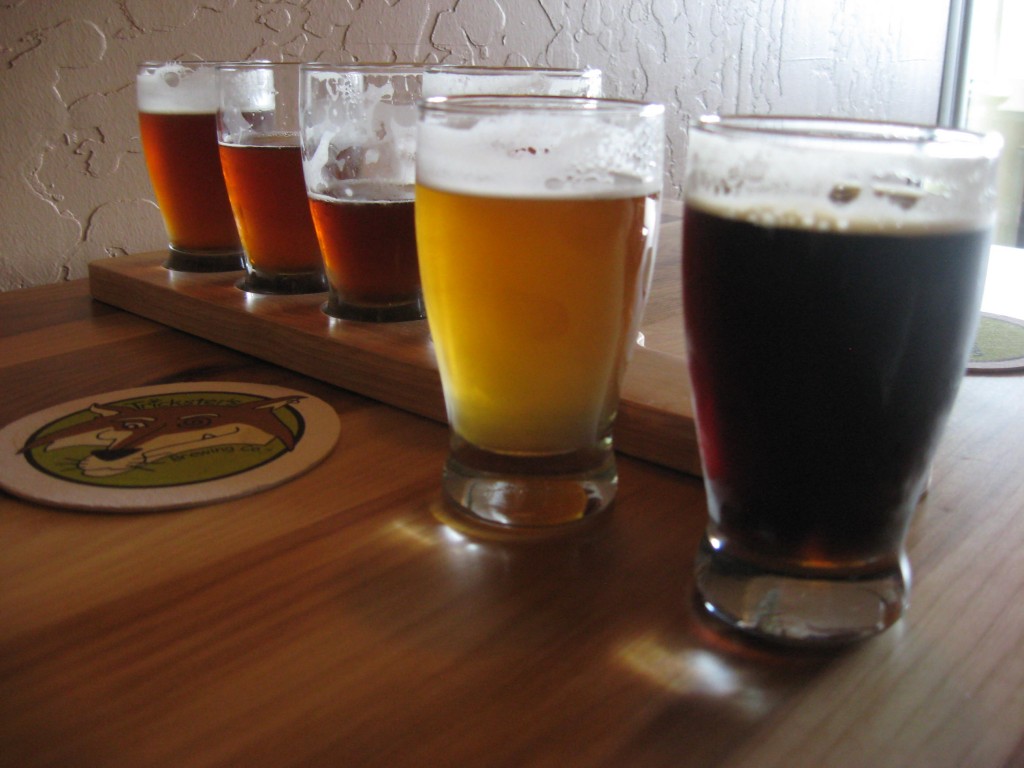Written by Franz Hofer for A Tempest in a Tankard
 Long famous for mining and ranching, Boulder and its neighbouring Front Range towns have successfully tapped a more fluid natural resource in recent decades. Few could have predicted the seismic impact that Colorado craft beer would have on our contemporary drinking habits when Boulder Brewing Company threw open its doors in 1979. But even if Colorado has slipped out of the top three in the U.S. in terms of breweries per capita and absolute number of craft breweries, you could still make a convincing case that the Front Range region of Colorado remains the epicenter of North American craft beer.
Long famous for mining and ranching, Boulder and its neighbouring Front Range towns have successfully tapped a more fluid natural resource in recent decades. Few could have predicted the seismic impact that Colorado craft beer would have on our contemporary drinking habits when Boulder Brewing Company threw open its doors in 1979. But even if Colorado has slipped out of the top three in the U.S. in terms of breweries per capita and absolute number of craft breweries, you could still make a convincing case that the Front Range region of Colorado remains the epicenter of North American craft beer.
Want to read more? Please click…








You must be logged in to post a comment.